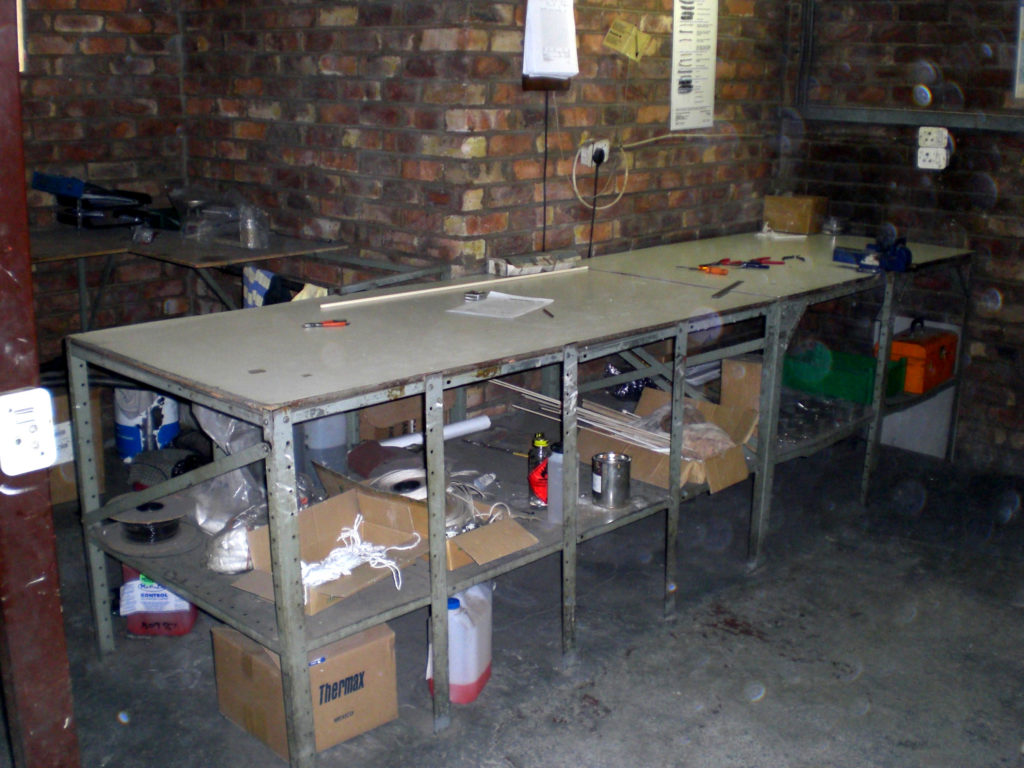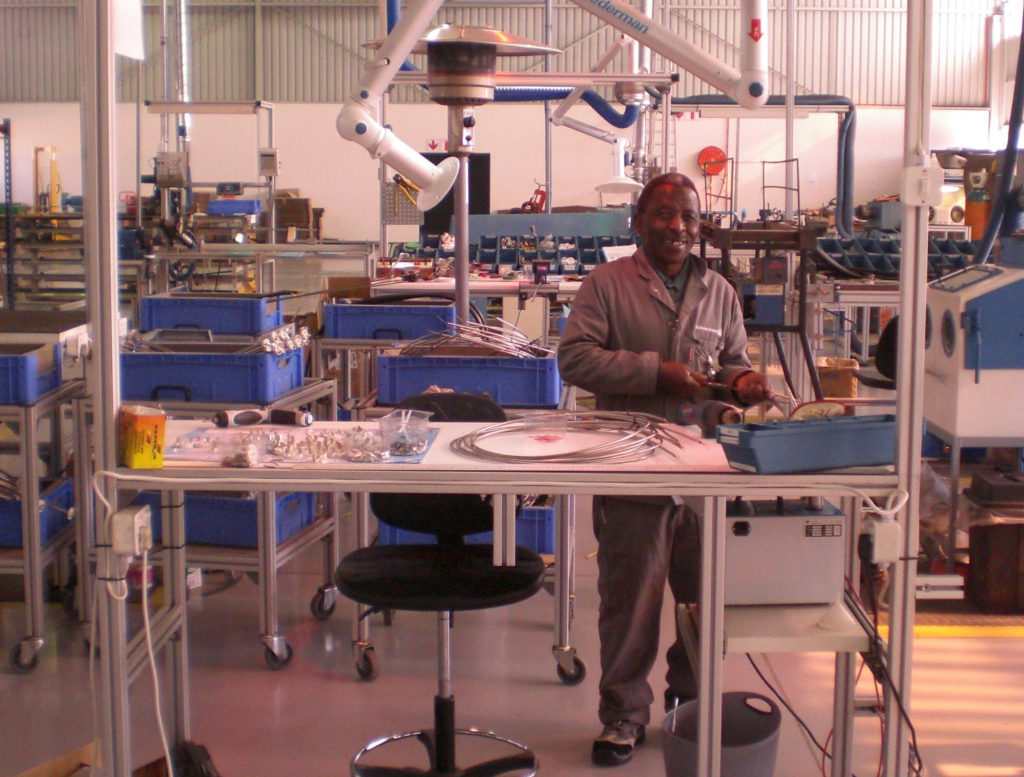Role: I was the responsible engineering manager
Project goal
We acquired a new daughter company in South Africa. The employees were skilled and motivated and the level of quality was considered “acceptable” but was actually well below that which customers now expect.
A major problem was that processes were neither standardized, nor documented. Each individual tackled a task in a slightly different way and worked to his own “standard”. The extremely high staff retention rate exasperated the problem as every one was sure “they knew the best method”.

The equipment and tooling was basic and there was no “quality” designed in to the production processes. One person could apply a certain pressure, another more or less. Some one filled more of a liquid, a colleague less.
An internal quality control attempted to “catch” mistakes but was limited to doing functional tests and a visual inspection. Neither of which could detect “built in errors”.
Solution
The first step was to document the processes and reach a consensus about which process, method and parameter was the optimal. This required “on the job” interviews with employees in both South Africa and Europe. These were followed by moderated discussions to agree where differing opinions existed (and there were many opinions).
Next, based on the employee input and ideas from young engineers, we designed an optimal process flow and production parameters. These were documented and became the basis for the production. These “red books” were the production bible, used to train new employees and when questions came up about less usual options.
Parts lists were standardized and generated automatically for each product dependent on the options ordered.
New production equipment was implemented and as far as possible equipment was designed so that quality was “built in”. As examples:
– a preset electric wrench ensured that every bolt was tightened to a consistent torque,
– an automatic programming device set the customers required parameters without manual intervention.
– a laser printed the correct nameplate with all the required parameters

The quality and the productivity increased immensely and most importantly, the customers were happy with their improved products.
